Ceramics and pottery have long been appreciated for their craftsmanship, but certain pieces go beyond functional items and become true works of art. In this article, we explore a selection of unique ceramic and pottery creations that command premium prices due to their extraordinary designs, techniques, and artistry. Each piece is crafted with care, showcasing the talent and innovation of contemporary ceramicists while pushing the boundaries of traditional pottery.
Raku-Fired Ceramic Vases
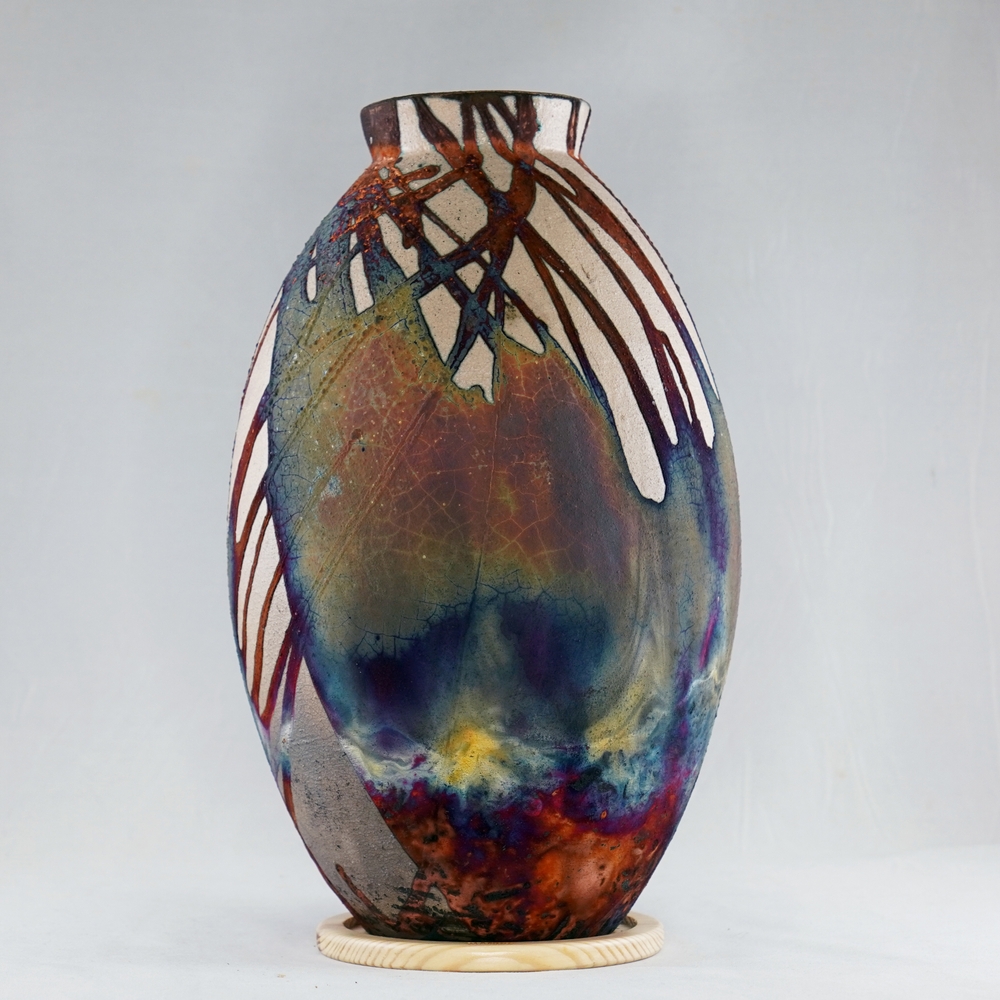
Raku-fired ceramics are known for their unpredictable and stunning finishes, which are achieved by rapidly heating and cooling the pottery, often using combustible materials to create unique textures. These vases often display iridescent, metallic hues and crackled surfaces, giving each piece its own distinct character. Prices for Raku-fired vases range from $800 to $2,000, depending on the size and complexity of the design. The rarity of these vases is due to the intricate process and the fact that each firing produces a different result, ensuring no two pieces are ever the same. The crackling effect adds a sense of antiquity and history to the piece, which is highly appealing to collectors. These are often appreciated as both functional objects and works of art. Their aesthetic beauty makes them popular centerpieces in both modern and traditional home interiors.
Crystalline Glaze Pottery Bowls
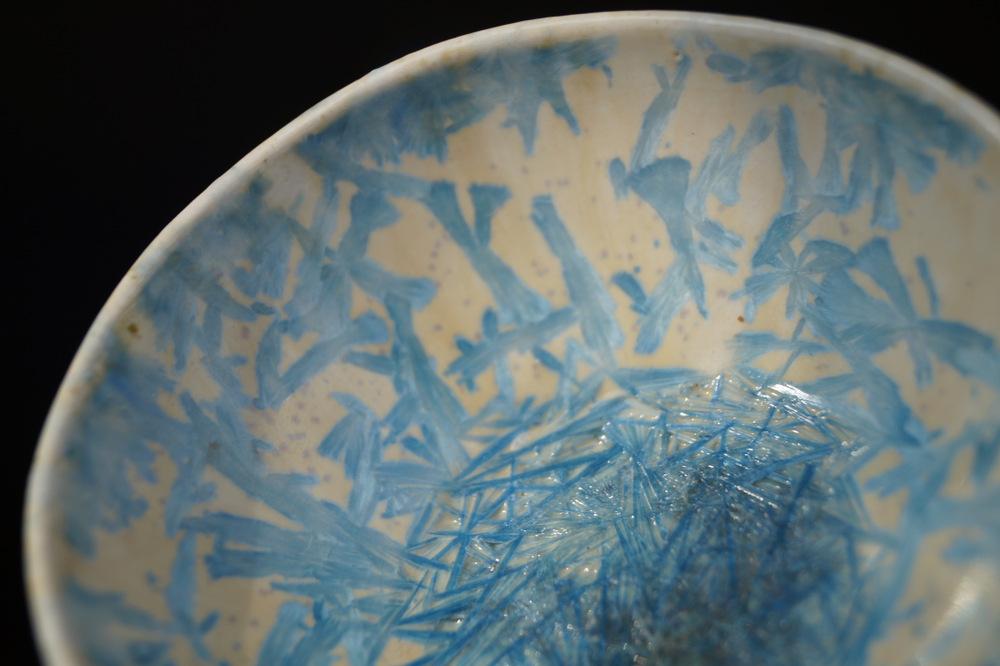
Crystalline glaze pottery is admired for its unique and complex patterns, which are created when crystals form in the glaze during the firing process. These bowls, often sold between $1,000 and $1,500, display intricate crystalline structures that resemble frost or stars. The size, placement, and shape of the crystals can never be fully controlled, making each bowl a one-of-a-kind masterpiece. The bowls are usually finished with a high-gloss glaze, which enhances the beauty of the crystals and adds to their luxury appeal. These pieces require a skilled artist to achieve the right conditions for the crystals to form, and the firing process is incredibly delicate. The rarity and time-intensive process make crystalline glazed bowls highly sought after by collectors. The shimmering effect of the glaze further enhances the overall aesthetic, making them suitable for display in high-end galleries or personal collections.
Kintsugi-Inspired Pots
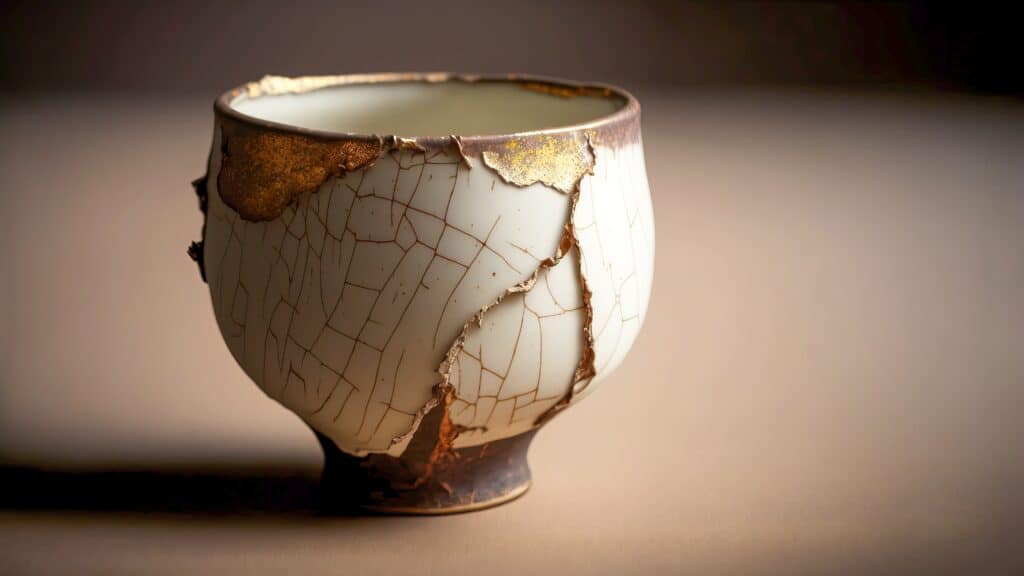
Kintsugi is the Japanese art of repairing broken pottery with lacquer mixed with powdered gold, silver, or platinum, and it’s this technique that elevates these pots to luxury status. Rather than hiding the cracks, it celebrates them, adding shimmering lines of precious metals to the pottery. These pots typically range from $900 to $2,000 depending on the materials used and the complexity of the repair. The philosophy behind it adds to the appeal—embracing imperfections as part of the object’s history, which resonates deeply with collectors of unique ceramics. Each repaired pot is a one-of-a-kind piece, as the pattern of the cracks and the method of repair varies widely. This practice not only restores the pot but enhances its beauty, making it a prized collectible. Kintsugi pots are often passed down as heirlooms, treasured for their symbolism and craftsmanship.
Hand-Built Sculptural Ceramics
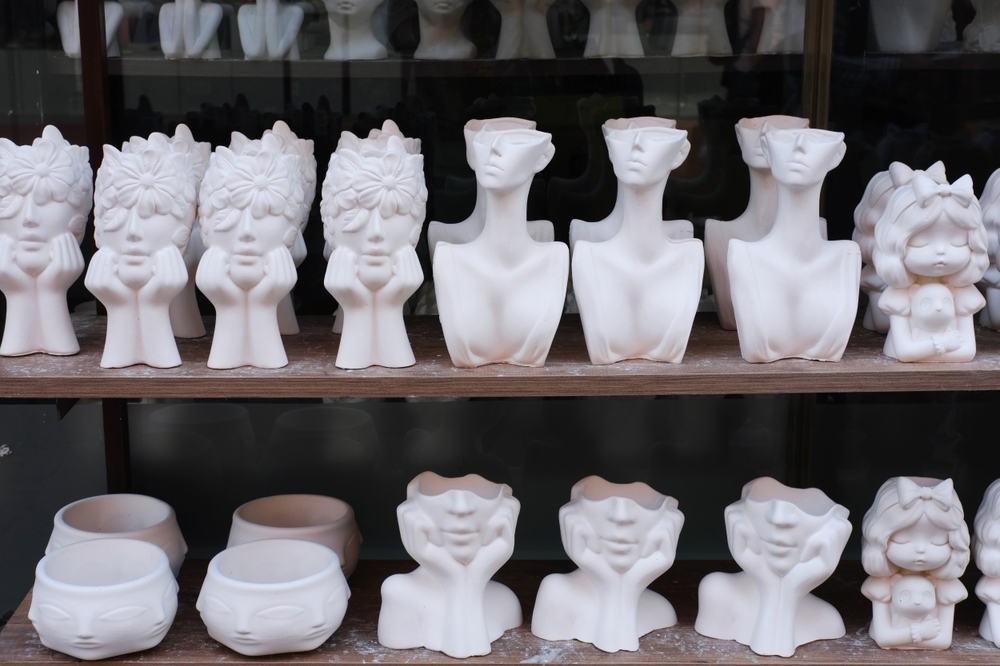
Hand-built sculptural ceramics often take the form of abstract shapes, blending art and function in a unique way. These pieces can fetch anywhere from $1,500 to $3,500, depending on their size, design, and the artist’s reputation. These are typically created without the use of a pottery wheel, relying instead on hand-forming techniques that allow for more organic, flowing forms. These ceramics are known for pushing the boundaries of traditional pottery, often resembling contemporary sculptures rather than functional objects. The abstract designs and unconventional shapes attract collectors who value originality and craftsmanship. The tactile nature of the ceramics, combined with innovative glazing techniques, gives these pieces a multi-dimensional appeal. Often displayed as statement pieces in luxury homes, sculptural ceramics are prized for their artistic merit and craftsmanship.
Nerikomi Clay Vessels
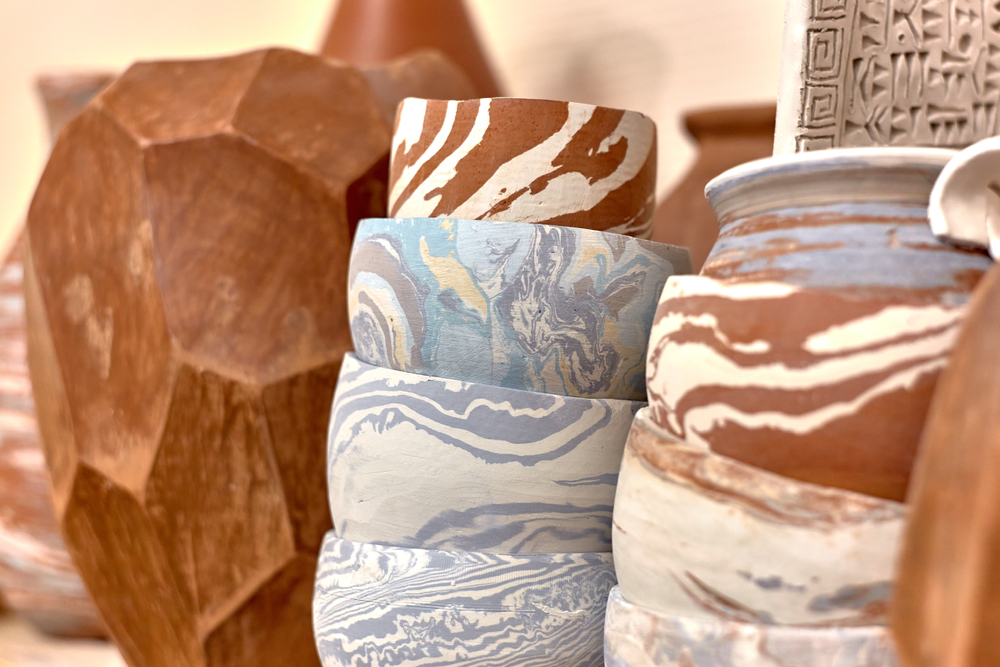
Nerikomi is a traditional Japanese technique that involves layering and slicing different colored clays to create intricate, marbled patterns. Vessels made using this technique are highly valued for their artistic complexity and can range in price from $800 to $1,800. The beauty of it lies in the precise craftsmanship required to create clean, symmetrical patterns while maintaining the vessel’s structural integrity. The process is time-consuming, with each layer of clay requiring careful placement and manipulation before it is sliced and reassembled. These vessels are often finished with a smooth, matte glaze to highlight the intricate designs. Nerikomi clay vessels are not only functional but also serve as stunning decorative pieces that showcase the skill of the potter. Their one-of-a-kind nature and artistic intricacy make them highly desirable in the world of ceramics.
Porcelain Hand-Painted Plates
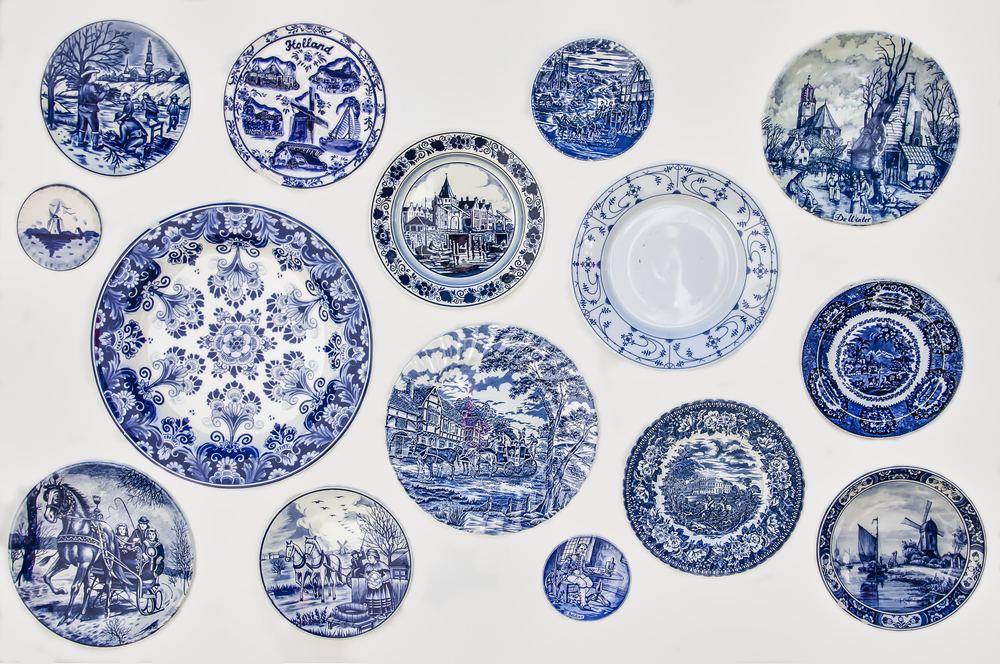
Porcelain plates featuring hand-painted designs have long been a symbol of luxury and fine dining. Priced between $1,000 and $2,500, these plates are often adorned with intricate patterns, floral motifs, or gold detailing, showcasing the meticulous craftsmanship that goes into each piece. The smooth, delicate texture of porcelain serves as an ideal canvas for artists to create detailed and elegant designs. These are often fired multiple times to achieve the depth of color and precision in the artwork. Collectors appreciate these plates not only for their aesthetic value but also for their durability, as porcelain is known for its strength despite its delicate appearance. These hand-painted plates are often passed down through generations, becoming family heirlooms.
Organic Shaped Ceramic Bowls
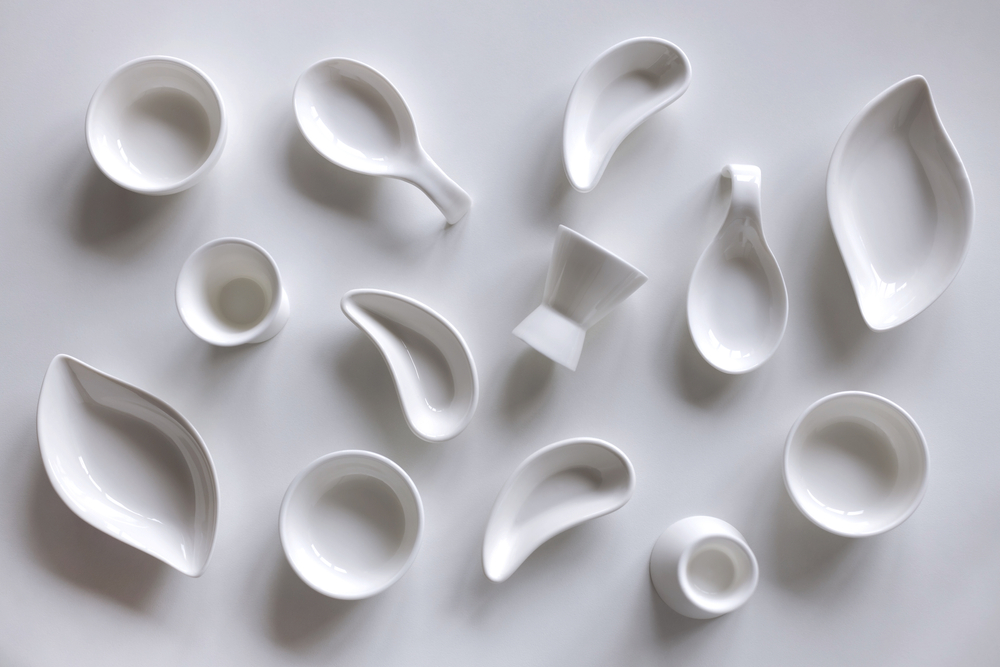
Organic-shaped ceramic bowls, inspired by the irregular and fluid forms found in nature, have become increasingly popular in the world of high-end ceramics. Priced between $900 and $2,200, these bowls are hand-formed, often without the use of a wheel, giving each one a unique and natural appearance. The bowls are typically finished with neutral, earthy glazes that enhance their organic aesthetic. Their irregular shapes add an element of spontaneity, which collectors find appealing as these reflect the hand of the maker in each piece. These are often used as decorative items, though they remain functional for those who prefer to use them for serving or display. These bowls are a perfect example of how simplicity in form can translate to luxury in the world of pottery.
Minimalist Ceramic Vessels
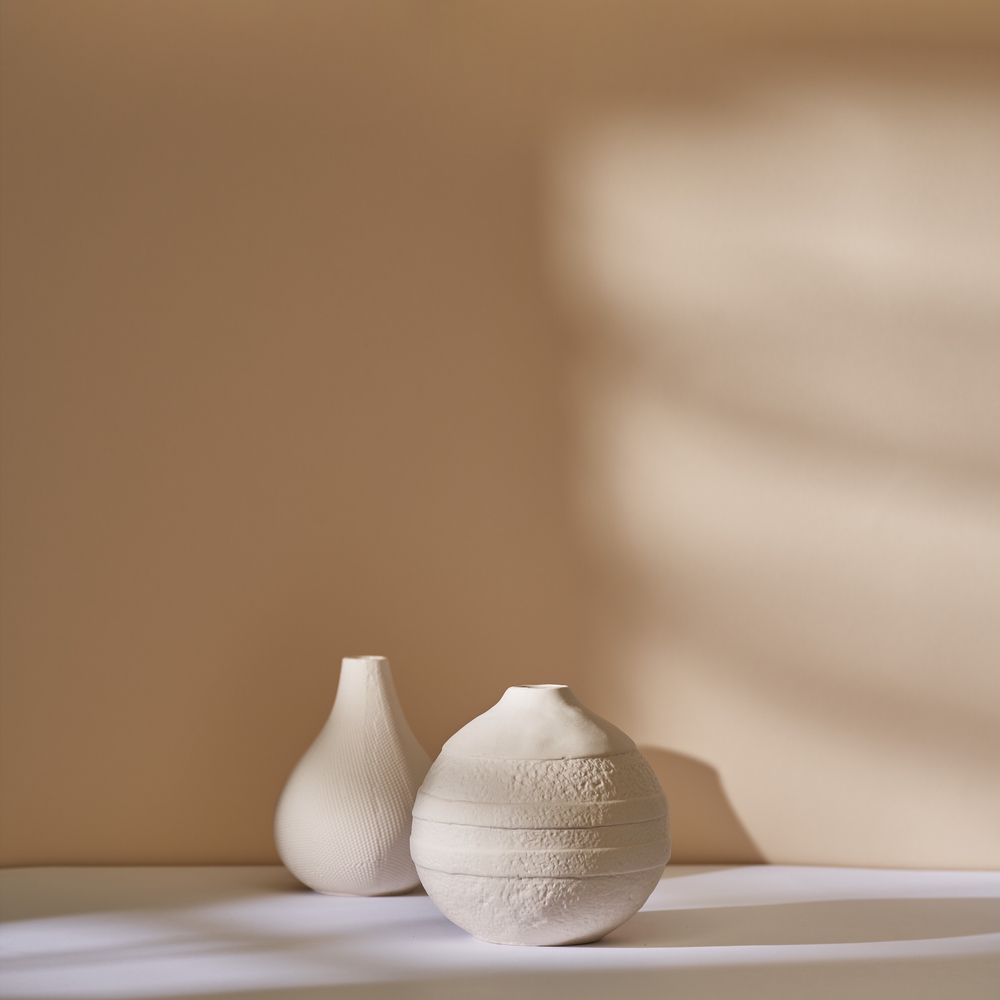
Minimalist ceramic vessels are known for their clean lines and simple, refined forms, often reflecting modern or contemporary design trends. These vessels are typically priced between $1,200 and $2,500, depending on the artist and the materials used. The beauty of these pieces lies in their understated elegance and the precision of their construction. These often forgo elaborate decorations in favor of focusing on the form and the material itself. The smooth surfaces and carefully crafted shapes make them ideal for collectors who appreciate subtlety and craftsmanship. The monochromatic color palettes, usually in shades of white, gray, or black, add to the timeless appeal of these vessels. Minimalist ceramics are often displayed in modern homes or galleries, where their simplicity can be appreciated as a form of quiet luxury.
Terracotta Figurines

Terracotta figurines, often depicting animals, humans, or mythological figures, have been prized for centuries for their artistic and historical significance. Today, high-end terracotta figurines can range from $1,000 to $3,000, depending on their size, age, and detail. These are typically hand-sculpted, with intricate detailing that reflects the artist’s skill. The warm, earthy tones of terracotta lend a rustic yet refined quality to the figurines, making them suitable for both indoor and outdoor display. The porous nature of terracotta allows for a variety of finishes, from matte to glossy, adding to their versatility. Collectors are drawn to these figurines for their timeless beauty and connection to ancient traditions, particularly those from cultures that have a long history of working with this material. These are often found in art collections, museums, and high-end home décor.
Glazed Stoneware Pots
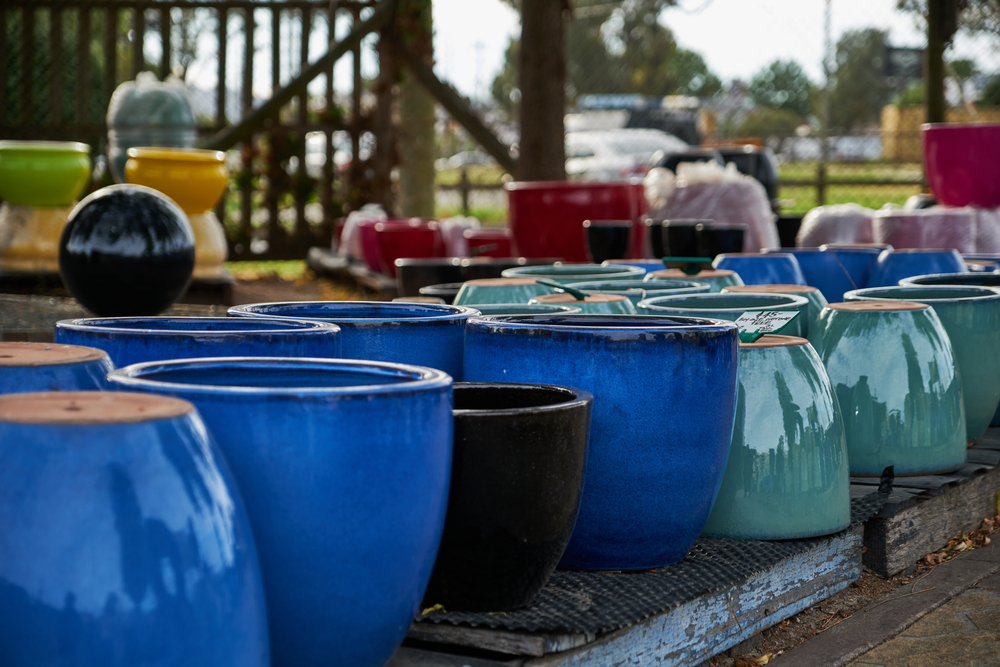
Glazed stoneware pots are celebrated for their durability and their vibrant, glossy finishes, often achieved through multiple firings at high temperatures. These pots can range from $800 to $1,800, with the price reflecting the complexity of the glazing techniques and the size of the piece. Stoneware is known for its strength and versatility, making these pots suitable for both indoor and outdoor use. The thick, glossy glazes add a touch of luxury, turning functional pots into decorative pieces. Collectors value glazed stoneware for its durability, as well as the depth and richness of the colors achieved through the glazing process. These pots are often used in upscale gardens or as statement pieces in modern interiors.
Majolica Pottery
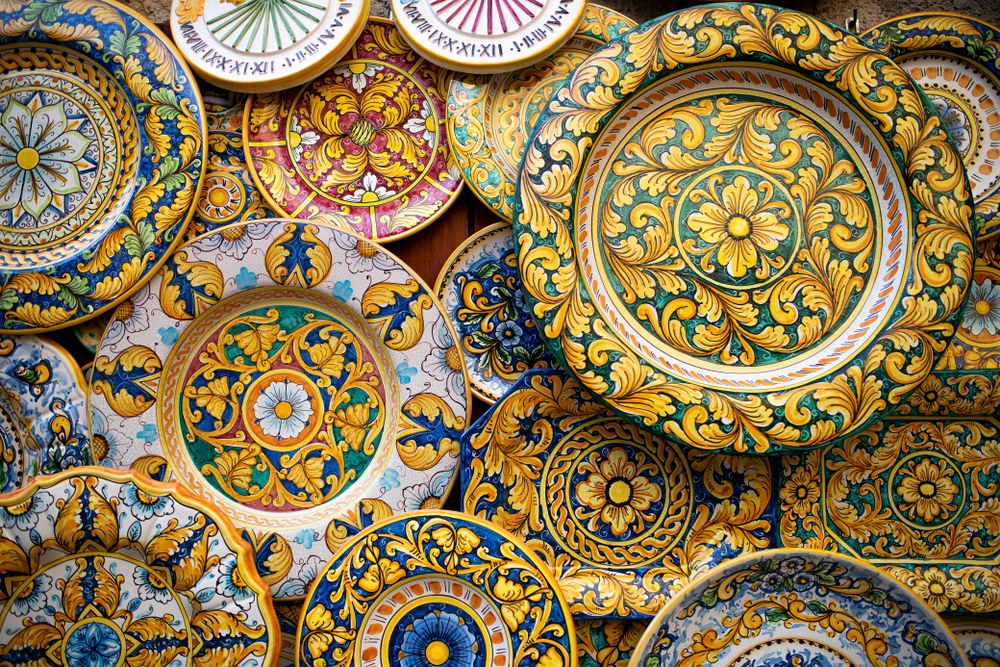
Majolica pottery is known for its vibrant, hand-painted designs and glossy, tin-glazed surface. These pieces can range in price from $1,000 to $2,500, depending on their size and the complexity of the patterns. Majolica is traditionally made using earthenware, which is then coated with an opaque white glaze before being painted with colorful designs. The bright, bold patterns are what set it apart from other types of ceramics, often featuring floral motifs, animals, or intricate geometric shapes. The glossy finish gives the pottery a polished, luxurious look, making it a high-end collectible. Majolica pottery, with its rich history dating back to Renaissance Italy, remains a favorite among art collectors for its bold aesthetic and fine craftsmanship. Each piece is a labor of love, with artists dedicating hours to hand-paint each intricate design, making it as much a work of art as a functional piece of pottery.
This article originally appeared on Rarest.org.
More from Rarest.org
13 Premier Audio Equipment Brands for Audiophiles

When it comes to experiencing music in its purest form, audiophiles know that the right equipment makes all the difference. Premier audio brands across the globe have dedicated years to perfecting the art of sound reproduction, delivering high-quality, innovative products that cater to even the most discerning listeners. Read More.
10 Overlooked Photography Techniques to Elevate Your Shots

Sometimes, the most powerful photography techniques are the ones that get overlooked. While popular methods like perfect lighting and composition often steal the spotlight, there are many underrated tricks that can take your shots to the next level. Read More.
17 Mind-Bending Optical Illusions Found in Nature

Nature has a way of tricking our eyes in the most fascinating ways. Some natural phenomena create optical illusions that can leave us in awe or even a little confused. These illusions can transform the sky, landscape, or atmosphere into a spectacle. Read More.
